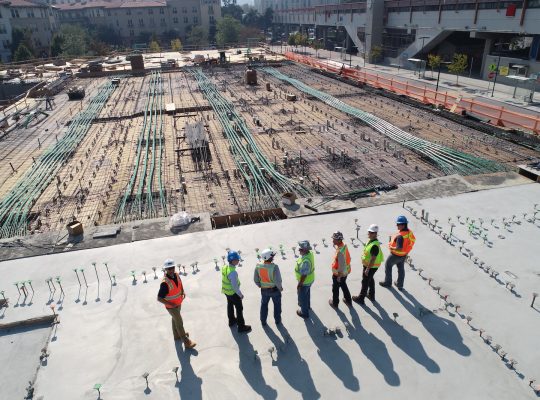Autonomous Vehicles (AVs) have emerged as a groundbreaking innovation that is reshaping the way we perceive transportation. This article delves deep into the world of AVs, providing readers with a comprehensive understanding of the technology, its benefits, and the challenges it faces. Buckle up and join us on this journey towards a future where vehicles drive themselves.
Understanding Autonomous Vehicles
At its core, an Autonomous Vehicle is a self-driving car that operates without the need for human intervention. These technologically advanced vehicles utilize a plethora of sensors, radars, cameras, and artificial intelligence algorithms to navigate roads, interpret traffic signals, and make informed decisions. With their ability to perceive the environment, analyze data, and react swiftly, AVs hold the potential to revolutionize the transportation industry.
The Benefits of AVs
Enhanced Safety:
One of the primary advantages of AVs is their potential to significantly reduce road accidents. By eliminating human error, which is responsible for the majority of accidents, AVs offer the promise of safer roads for both drivers and pedestrians.
Increased Efficiency:
AVs have the potential to revolutionize traffic management, reducing congestion and optimizing travel time. These vehicles can communicate with each other, making real-time decisions to minimize traffic bottlenecks and streamline routes.
Improved Accessibility:
AVs have the power to transform mobility for individuals who are unable to drive, such as the elderly and disabled. By providing them with newfound independence and freedom of movement, AVs can bridge the gap in transportation accessibility.
Challenges and Concerns
Despite the immense potential of AVs, several challenges need to be addressed for their widespread adoption:
Legal and Regulatory Framework:
The development of AVs necessitates the establishment of clear guidelines and regulations to ensure safety, liability, and accountability. Governments and policymakers must work in tandem with industry experts to create a robust framework that fosters innovation while safeguarding the public interest.
Ethical Dilemmas:
AVs are faced with the challenge of making split-second decisions in potentially life-threatening situations. The ethical implications of such decisions, such as choosing between protecting passengers or pedestrians, require careful consideration and public consensus.
Cybersecurity:
As AVs rely on interconnected systems and communication networks, the risk of cyber-attacks becomes a critical concern. Ensuring robust cybersecurity measures is imperative to prevent unauthorized access and potential incidents that could compromise public safety.
The Roadmap to the Future
To ensure the successful integration of AVs into our daily lives, several key aspects must be considered:
1. Public Acceptance and Education: Creating awareness and educating the public about the benefits, safety, and functionality of AVs is vital for their widespread acceptance. Public trust in the technology must be fostered through transparent communication and demonstrations of its capabilities.
2. Infrastructure Development: The infrastructure needs to be adapted to accommodate AVs seamlessly. This includes upgrading road networks, implementing dedicated lanes, and establishing charging stations for electric AVs. Collaboration between policymakers, technology providers, and urban planners is crucial for effective infrastructure development.
3. Collaboration and Industry Standards: The development of AVs requires collaboration among various stakeholders, including automotive manufacturers, technology companies, and regulatory bodies. Establishing industry standards for interoperability, cybersecurity, and data sharing will accelerate progress and ensure seamless integration.
Conclusion
Autonomous Vehicles (AVs) are set to revolutionize the way we travel, promising safer roads, increased efficiency, and improved accessibility. However, the challenges and concerns surrounding AVs must be addressed through robust regulations, ethical considerations, and cybersecurity measures. By fostering public acceptance, investing in infrastructure, and promoting collaboration, we can pave the way to a future where AVs drive us towards a safer and more efficient world.










